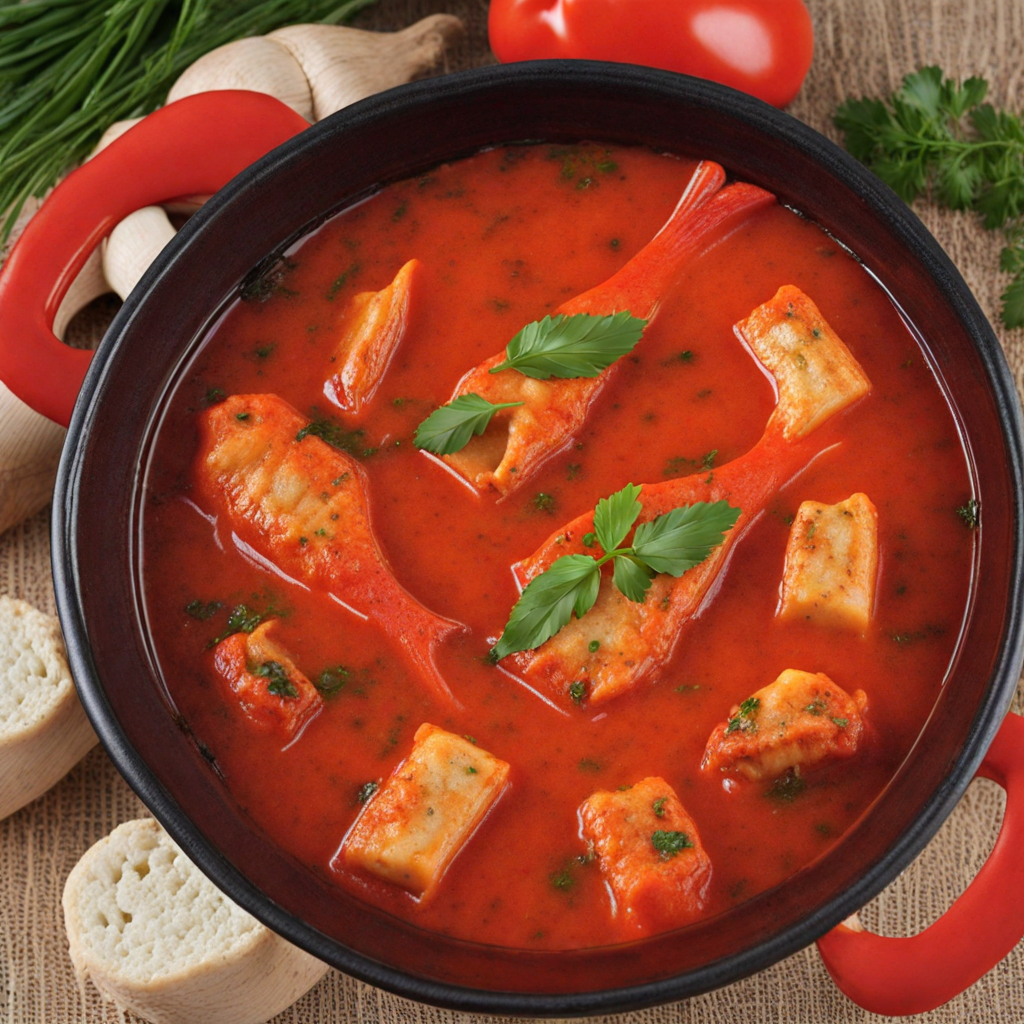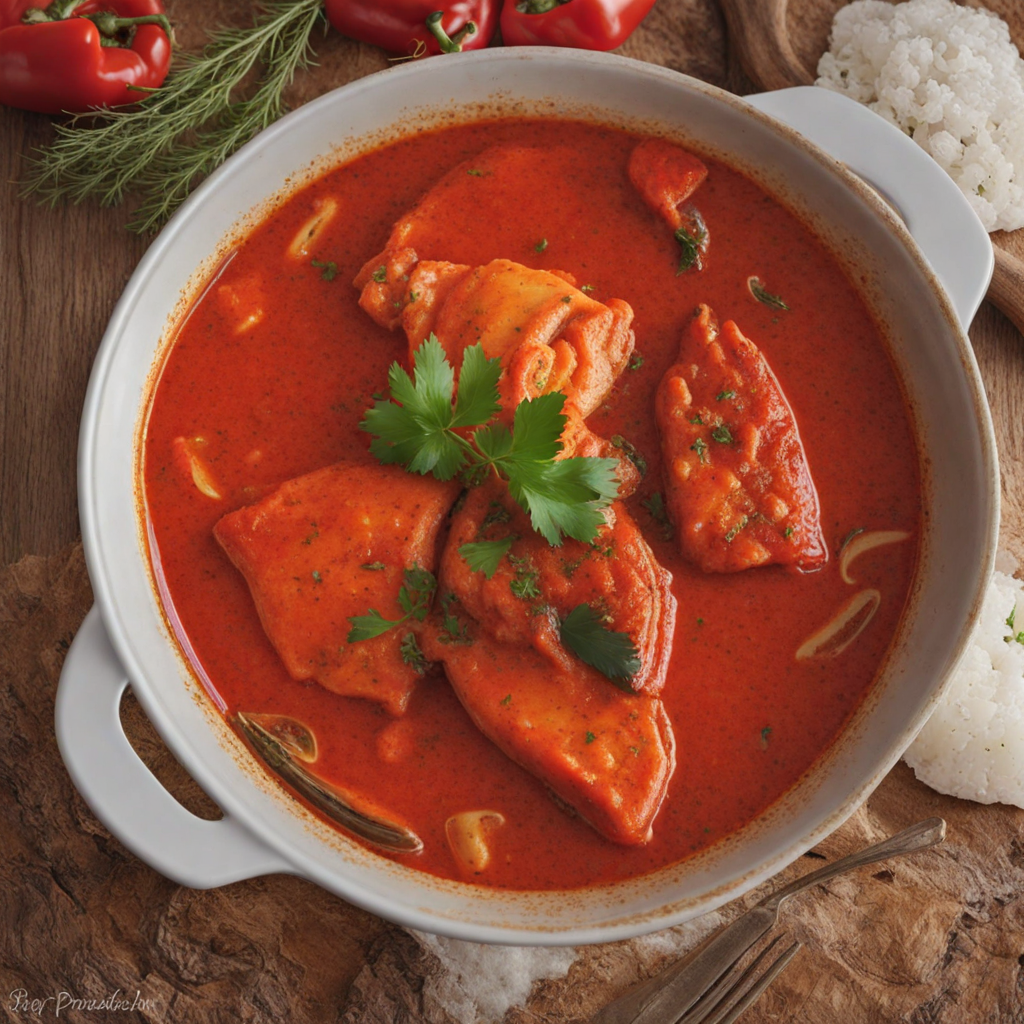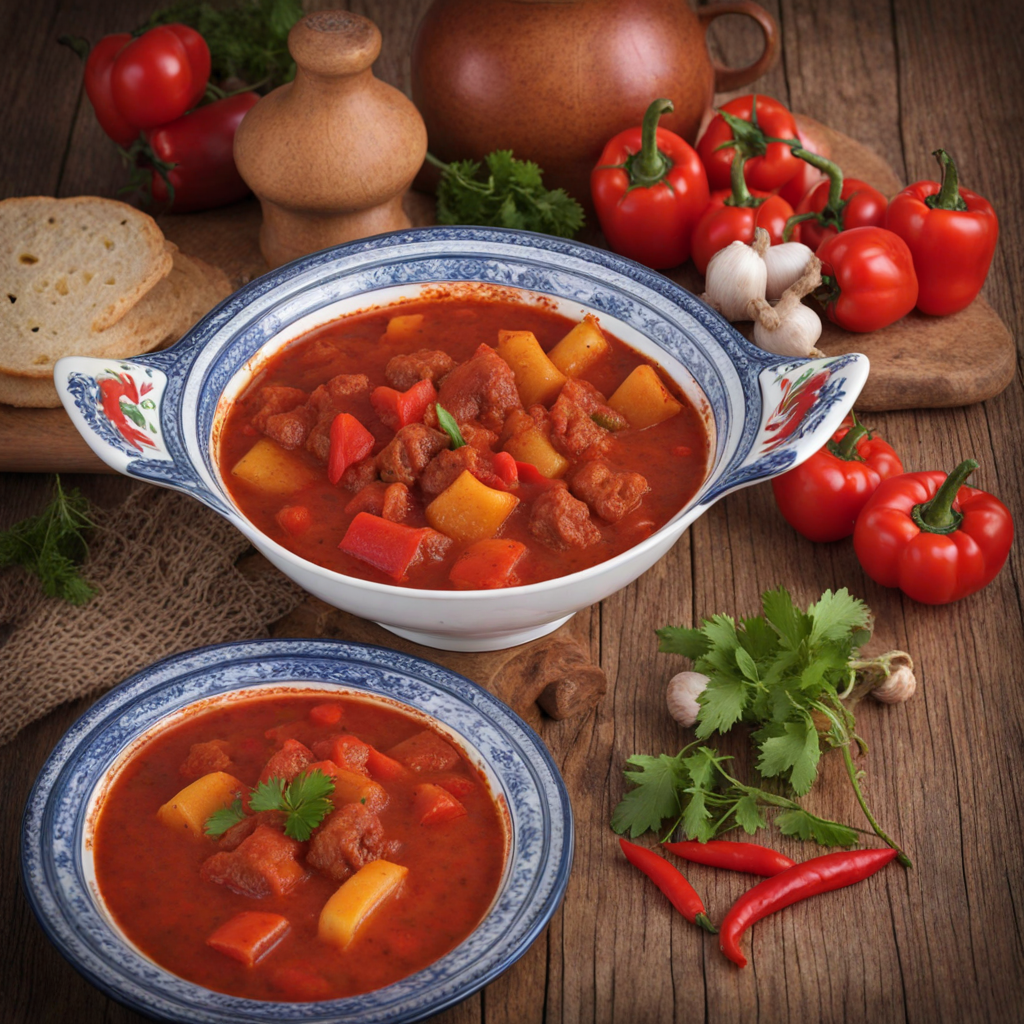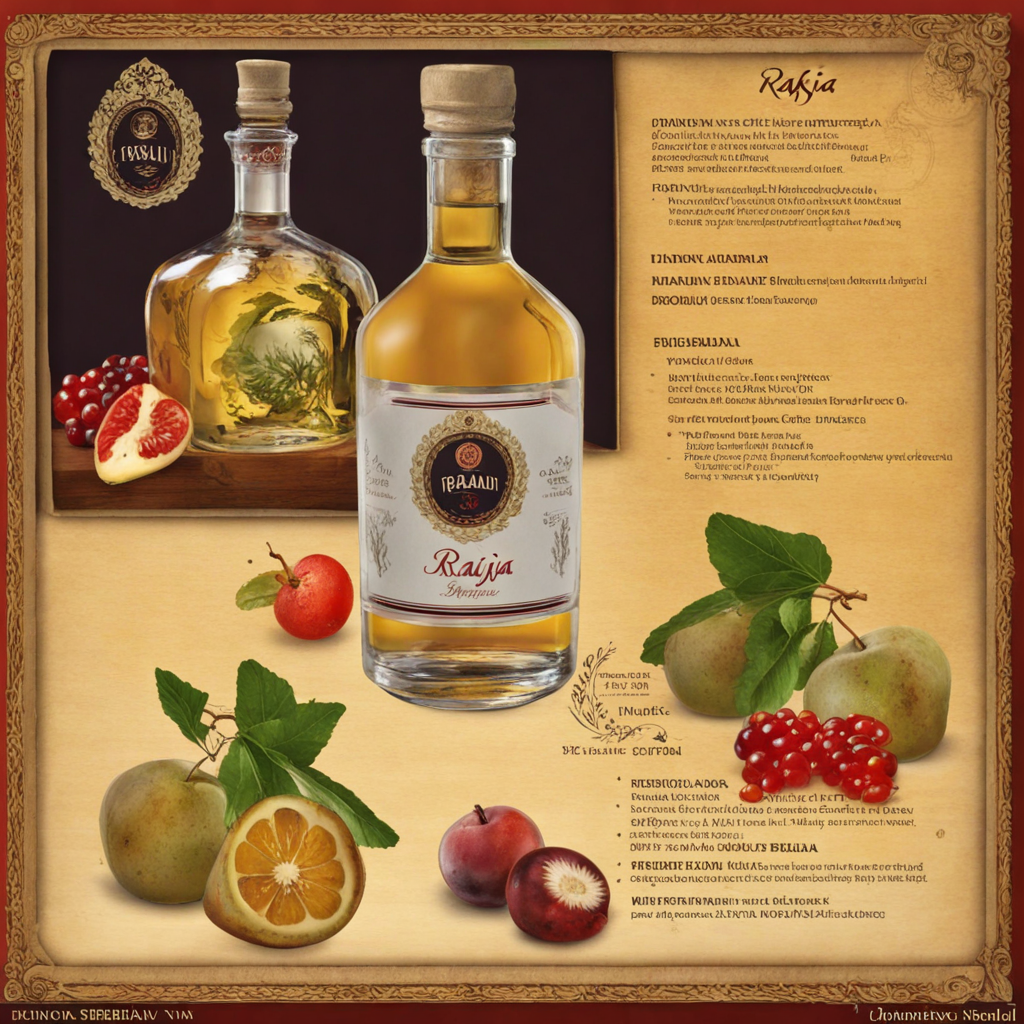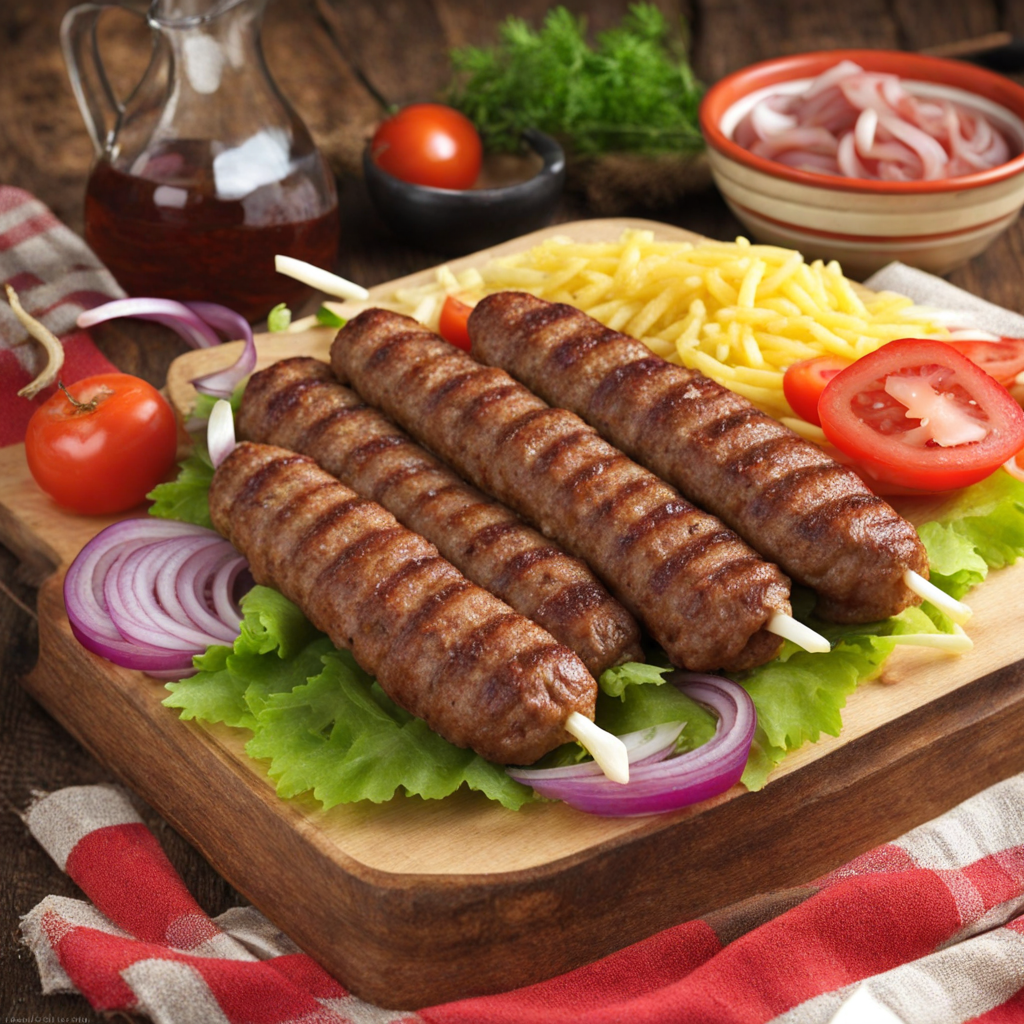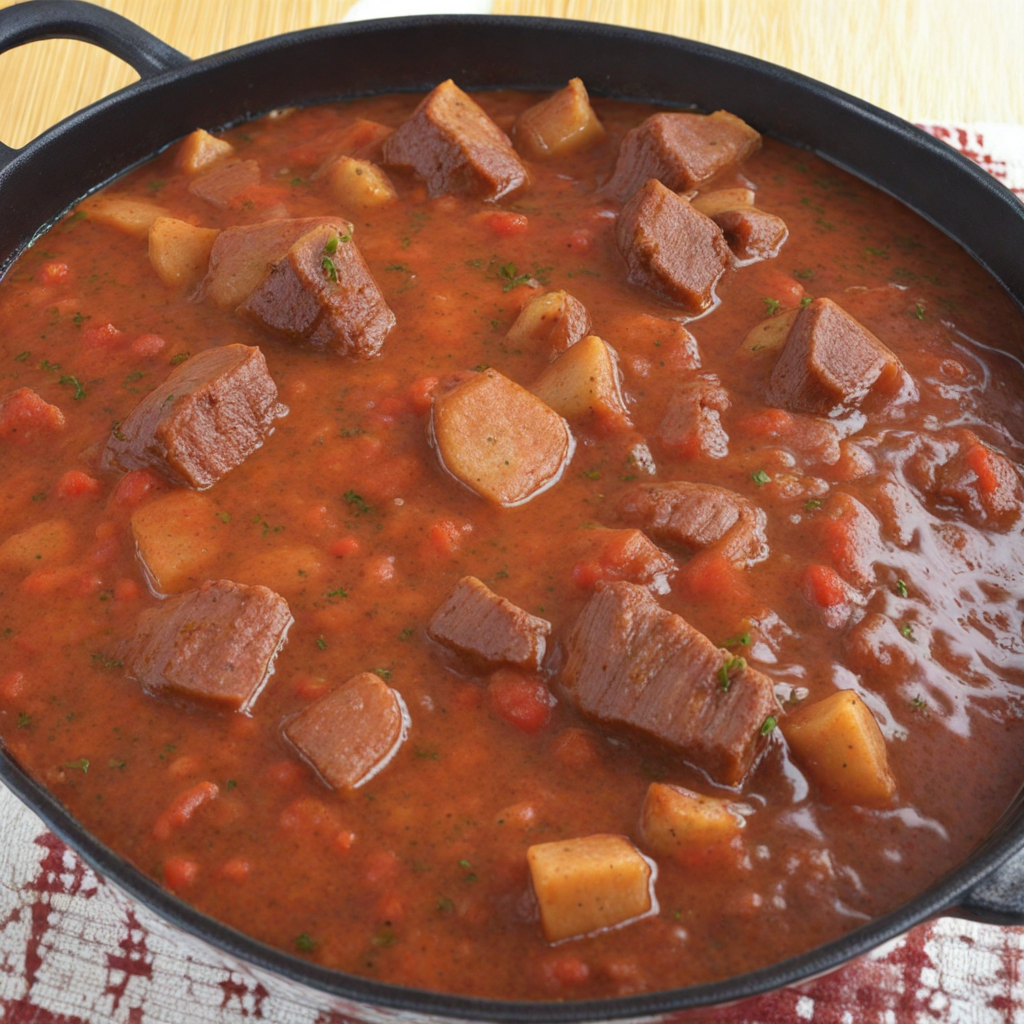Riblji Paprikaš
Riblji Paprikaš is a traditional Serbian fish stew that beautifully marries the fresh flavors of the Danube and the rich culinary heritage of the region. This dish typically features a variety of freshwater fish, such as carp or catfish, which are simmered to perfection in a robust broth. The base is enriched with a medley of sautéed onions, garlic, and colorful bell peppers, which contribute to its vibrant appearance and hearty taste. The distinctive flavor profile is elevated with the addition of sweet paprika, a staple spice in Serbian cuisine, lending the dish a warm, smoky essence that envelops the fish and vegetables. The cooking process of Riblji Paprikaš is a labor of love, as each ingredient plays a crucial role in crafting its depth of flavor. As the stew cooks slowly, the fish absorbs the aromatic notes from the spices and vegetables, creating a harmonious balance that is both comforting and invigorating. Often served with a side of homemade bread or polenta, this dish provides a delightful way to savor the local ingredients and culinary techniques passed down through generations. The rich, slightly thickened sauce clings to the fish, making every bite a delicious experience. Riblji Paprikaš is not just a meal; it is a celebration of Serbian culture and community. It is often enjoyed during family gatherings or festive occasions, where the act of sharing this hearty stew brings people together. The dish symbolizes the connection to the region's waterways and the tradition of fishing, making it a significant part of local gastronomy. For anyone seeking to explore new tastes, Riblji Paprikaš offers a unique opportunity to experience the flavors of Serbia in a warm, inviting setting.
How It Became This Dish
The History of Рибљи паприкаш: A Culinary Gem of Serbia When one delves into the rich tapestry of Serbian cuisine, few dishes evoke the same sense of place and tradition as Рибљи паприкаш, or fish stew. This hearty dish, characterized by its robust flavors and vibrant colors, is more than just a meal; it is a reflection of the cultural heritage, geographical diversity, and historical evolution of Serbia. Origins and Influences The origins of Рибљи паприкаш can be traced back to the influence of various cultures and peoples that have inhabited the Balkan region over centuries. The dish is believed to have roots in the culinary traditions of the Pannonian Plain and the Danube River basin, where fishing has always been an integral aspect of life. The availability of freshwater fish such as carp, catfish, and perch from these rivers played a pivotal role in the development of this dish. Historically, the term “paprika” refers to the spice made from ground peppers that is a staple in many Balkan cuisines. Introduced to Europe from the Americas in the 16th century, paprika quickly became a beloved seasoning in Hungarian and Serbian cooking. The combination of fish and paprika in a stew reflects the culinary exchanges and adaptations that occurred as different cultures interacted in the region. Cultural Significance Рибљи паприкаш is more than just a dish; it is a symbol of community and family gatherings. Traditionally prepared during festive occasions, family celebrations, and communal feasts, the dish embodies the importance of sharing a meal. In many Serbian households, the preparation of Рибљи паприкаш is a communal activity, bringing family members together to engage in the time-honored practices of cooking and storytelling. In addition to its role in family gatherings, Рибљи паприкаш has cultural significance tied to the Orthodox Christian calendar. It is often enjoyed during Lent, when the consumption of meat is restricted, making fish a favored alternative. This practice not only highlights the dish's adaptability but also reinforces its place in the spiritual and social life of the Serbian people. The Recipe: A Culinary Masterpiece At its core, Рибљи паприкаш is a simple yet flavorful stew that showcases the freshness of its ingredients. The basic components include fish, onions, bell peppers, tomatoes, and, of course, paprika. The fish is typically cleaned and cut into pieces, then simmered with sautéed onions and peppers, which form the aromatic base of the stew. Paprika is added generously, lending the dish its characteristic color and flavor. Variations of the recipe can be found across Serbia, with each region boasting its unique twist. In Vojvodina, where fish from the Danube River is plentiful, the stew may include more robust spices and additional vegetables. In coastal areas, where saltwater fish are more common, the flavors may shift accordingly. Some families add a splash of white wine or a hint of vinegar to enhance the dish, while others may incorporate a variety of herbs, such as parsley or dill, to elevate the profile. Evolution Over Time As Serbia has undergone significant social and political changes throughout history, so too has Рибљи паприкаш evolved. During the Ottoman Empire, the culinary practices of the region were influenced by Turkish cooking, which introduced new spices and cooking methods. This period saw the incorporation of more complex flavors and techniques into traditional recipes, including that of Рибљи паприкаш. The 20th century brought further transformations, particularly after World War II, when Yugoslavia was formed. The dish gained prominence as a national favorite, with regional variations contributing to a broader understanding of Serbian cuisine. The rise of tourism and globalization in the late 20th and early 21st centuries also played a role in the dish's evolution. As international interest in Balkan cuisine has grown, chefs have begun to experiment with Рибљи паприкаш, introducing modern techniques and presentation styles while staying true to its roots. In contemporary Serbia, Рибљи паприкаш is celebrated in culinary festivals and competitions, highlighting its enduring popularity. The dish has found its way onto menus in restaurants across the country, often accompanied by traditional side dishes like polenta or homemade bread, showcasing the importance of pairing in Serbian culinary culture. Conclusion: A Dish of Heritage and Community Рибљи паприкаш stands as a testament to the rich cultural heritage of Serbia. It embodies the historical influences that have shaped the region, while also reflecting the communal values of family and togetherness. As the dish continues to evolve, it remains a beloved staple, cherished by generations. Today, whether enjoyed at a family gathering, a festive occasion, or a restaurant, Рибљи паприкаш serves as a flavorful reminder of Serbia’s diverse culinary landscape. With each spoonful, one can taste the centuries of history, the warmth of community, and the spirit of a people who take pride in their culinary traditions. The dish not only nourishes the body but also nourishes the soul, weaving stories of family, culture, and heritage into every bite. As Serbia continues to embrace its culinary identity, Рибљи паприкаш will undoubtedly remain a cherished symbol of its gastronomic legacy.
You may like
Discover local flavors from Serbia


